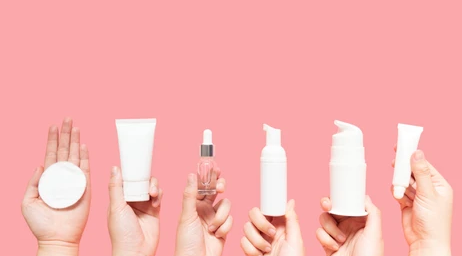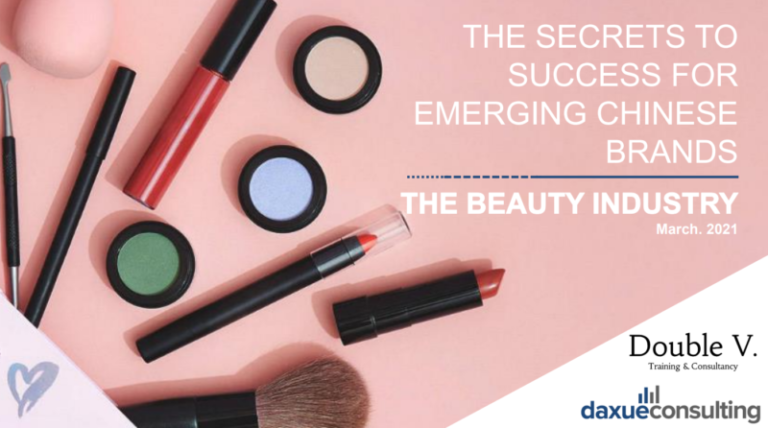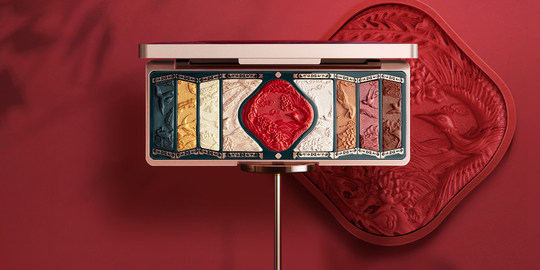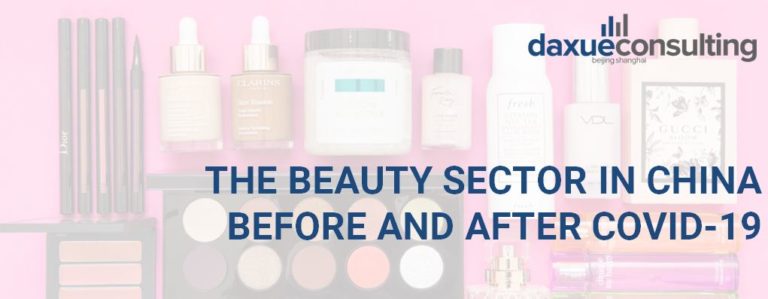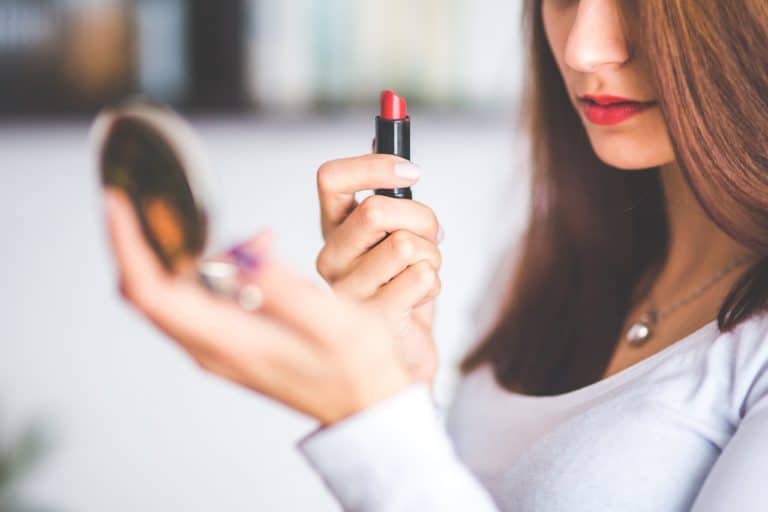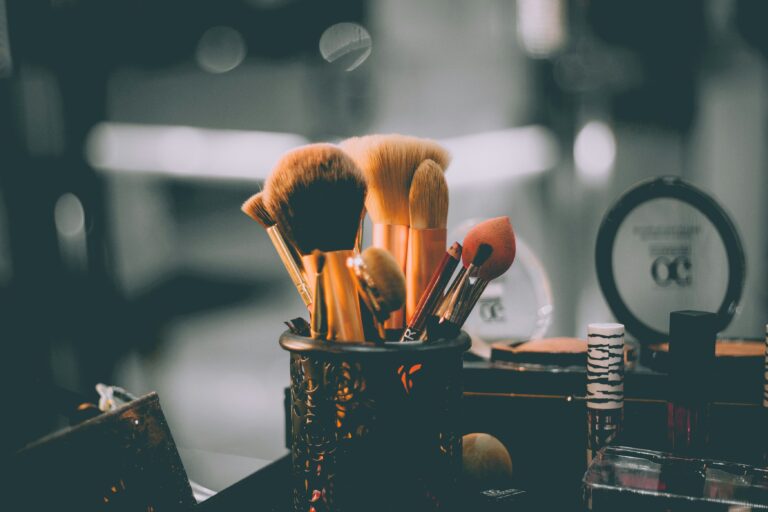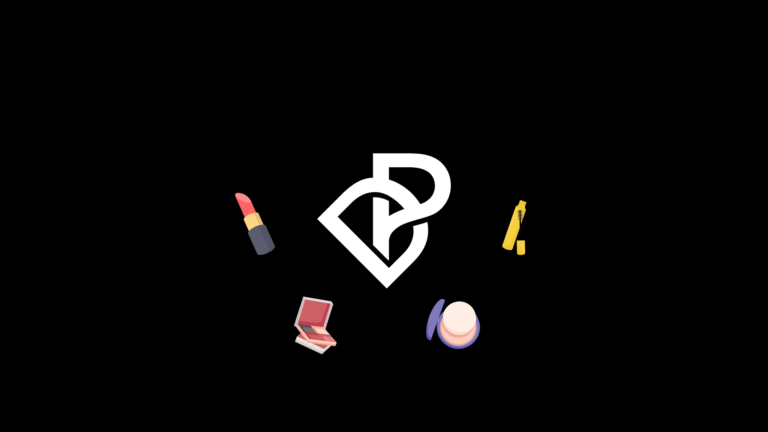
Will Chinese beauty brand Perfect Diary make a comeback with its skincare-infused makeup?
Perfect Diary (完美日记), a Chinese cosmetics brand, achieved early success through KOL (Key Opinion Leader) marketing, co-branding, and private traffic pools. However, despite being recognized as one of the leading makeup brands in China, Perfect Diary’s success has waned over time. To recover, it has been focusing more on product quality, integrating skincare functionalities into its makeup products – though without generating the same marketing buzz it once did. Download our report on Chinese beauty



